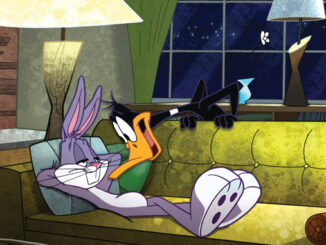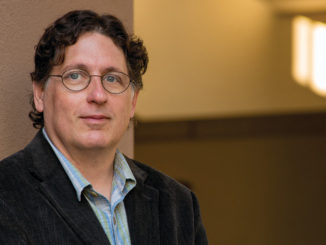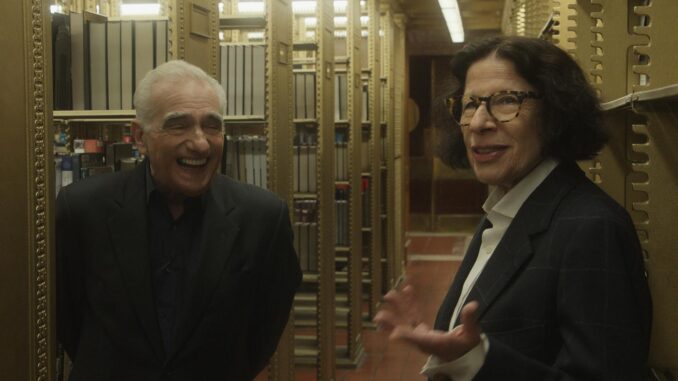
By Peter Tonguette
In Martin Scorsese’s new documentary series “Pretend It’s a City,” author, speaker, New Jersey native, and passionate New Yorker Fran Lebowitz talks about economics. And technology. And athletic endeavors. Not to mention her youthful admiration for the conductor Leonard Bernstein. And her acquisition of books. Plus, her analysis of how Ralph Lauren was influenced by, and then overtook, Brooks Brothers.
As is her wont, Lebowitz talked at great length, but behind all of that conversation was editing — lots and lots of editing.
The seven-part series, which debuted on Netflix earlier this month, was edited by two longtime collaborators on Scorsese’s documentary projects, picture editors David Tedeschi and Damian Rodriguez. As veterans of Scorsese’s earlier feature-length documentary on Lebowitz, “Public Speaking” (2010), both editors looked forward to cutting a project whose central figure was as waggish, witty, and well-informed as Lebowitz.
“She’s very provocative, but she’s a free-thinker,” Tedeschi said. “Using reason and observation, she’s able to come up with remarkable conclusions, and that’s what she wants everybody to do.”
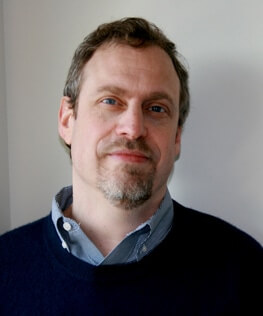
Added Rodriguez: “She says things that make you think that you may not have thought of before. And you may not agree with everything she says, but at the end of the day, her humor is what really is compelling. And her wit — she’s compared to Dorothy Parker a lot.”
Both editors also realized they would have a huge amount of raw interview material to reckon with: When Scorsese, who appears on-screen as Lebowitz’s interlocutor and foil, asks her a question, the bon vivant often takes a long and winding way to reach a conclusion. “Fran likes to talk,” Tedeschi said. “You just ask her a question and she can go on for 15 minutes. And part of the answer will not appear related to the question in any way.”
For all of Lebowitz’s bobbing and weaving, though, the episodes have an editorial coherence thanks to the postproduction team.
“There are a few people I’ve been working with for years, people with whom I have a common language, almost a common mind. David Tedeschi is certainly one of them,” Scorsese recently told CineMontage in an email. “The narrative we built for ‘Pretend It’s a City’ took its true form in the editing, starting with Fran’s performance. Damian Rodriguez, who has worked with us for a long time, and has a great ear for music, helped us form Fran’s cadence, timing, and her singular point of view. Both David and Damian are great storytellers, and we made ‘Pretend It’s a City’ together.”
When the editors completed “Public Speaking” over a decade ago, they were certain that Scorsese and Lebowitz would eventually embark on a follow-up project. Footage was then accumulated. “Damian went on a tour of ‘Public Speaking,’ where he drove Fran to a bunch of movie theaters on the East Coast,” Tedeschi said. “We filmed them not knowing what was going to happen with them. He wanted a record.”
Then, about two years ago, Scorsese began filming new material for what became “Pretend It’s a City,” which, in its earliest form, was not necessarily intended to be presented in serial form. “In the very beginning, Scorsese wasn’t sure that it should be episodic,” Tedeschi said. “To us it always seemed like it would be a good idea to keep it a series. It’s what Netflix had initially been interested in.” But the length, number, and final form of the episodes remained fluid.
Following the template of “Public Speaking,” Lebowitz participated in a pre-interview process to establish good talking points. “There were themes and stories that we knew would be included,” said Tedeschi, also an executive producer on “Pretend It’s a City.” “For instance, there’s an episode ‘Board of Estimate,’ which is about money, or ‘Metropolitan Transit,’ which is about transportation.”
On the other hand, after viewing some interview material that seemed to stand well on its own, Rodriguez pitched the idea for an episode that had not been previously contemplated, “Cultural Affairs,” in which Lebowitz expounds on talent — or lack thereof. “The subject of talent kept popping up,” said Rodriguez, who has solo editing credit on the episode. “For example, Fran starts off talking about Leonard Bernstein, and how she loved him as a child. . . . Then she goes on to talk about Charles Mingus and Duke Ellington. I was constructing the episode with those two elements, and then I found some footage of Leonard Bernstein and Duke Ellington together. It was like: ‘Oh, there’s a great ender right there.’”
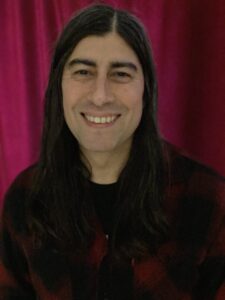
Tedeschi and Rodriguez, who often began episodes individually and then handed them off to each other to gain a different perspective, described the entire editing process as organic. “I would say that we edit by feeling,” Tedeschi said. “If it felt right, we would try it. Occasionally, we would take a wrong turn, but for the most part, what you see was an impulse we had towards the beginning.” Film clips were interspersed judiciously; for example, a scene from Joseph Losey’s “The Boy with Green Hair” (1948) was chosen to set up Lebowitz talking about encountering, well, a boy with green hair she met in her building.
Because Lebowitz often told multiple versions of the same story during different sessions and in different venues, the editors had the advantage of multiple, if inadvertent, “takes.” “You’ll see in ‘Public Speaking’ and ‘Pretend It’s a City’ that she’ll start a story in one location and end it in another location,” Tedeschi said. “She might say something at the New Museum that I remembered and I thought, ‘Well, what if we ask her again, with this in mind specifically?’”
In fact, after assembling and honing each of the episodes, the team had identified spots where new material was needed—for example, if a shot of Lebowitz walking through Times Square might make an impact. So, in December 2019, Scorsese and Lebowitz embarked on additional shooting, picking up shots of Lebowitz holding court amid the diorama at the Queens Museum. “By then, all of the episodes were very clear,” Tedeschi said. “Fran had seen all the episodes, and there were some things that [Scorsese and Lebowitz] wanted more of, or slightly differently.”
Given Lebowitz’s self-professed gift for snap judgments, what was it like for the editors to screen episodes for her? “Having her look at the episodes was an exercise in: How can this be better?” Tedeschi said. She’s a very harsh judge, as you can see, and she’s a harsh judge of her own performance and her own thinking. It’s how she evolved these opinions and these beliefs and these ideas. . . . It was a lot of fun.”
Added Rodriguez: “Since we had worked with her on ‘Public Speaking,’ we had established a working relationship to a certain degree. She had great ideas.”
That same free-flowing back-and-forth informs the working relationship of the two editors. “Honestly, David taught me how to edit,” Rodriguez said. “We’ve been doing it for a while now, and I’ve learned how he works.” Appropriate for a series about the art of talking, Tedeschi describes the collaboration in terms of a conversation. “There’s a shorthand,” he said.



